In a world where factories push for bigger, faster production, Alisa Ota-Tietboehl and Masaaki Ota are pushing back. In 2020 this designer, power couple launched Maota, a small-scale clothing line working with local craftsmen in the countryside of Aichi and Gifu prefectures. While their focus is on small, local and “slow” fashion, they are moving fast toward some big goals.
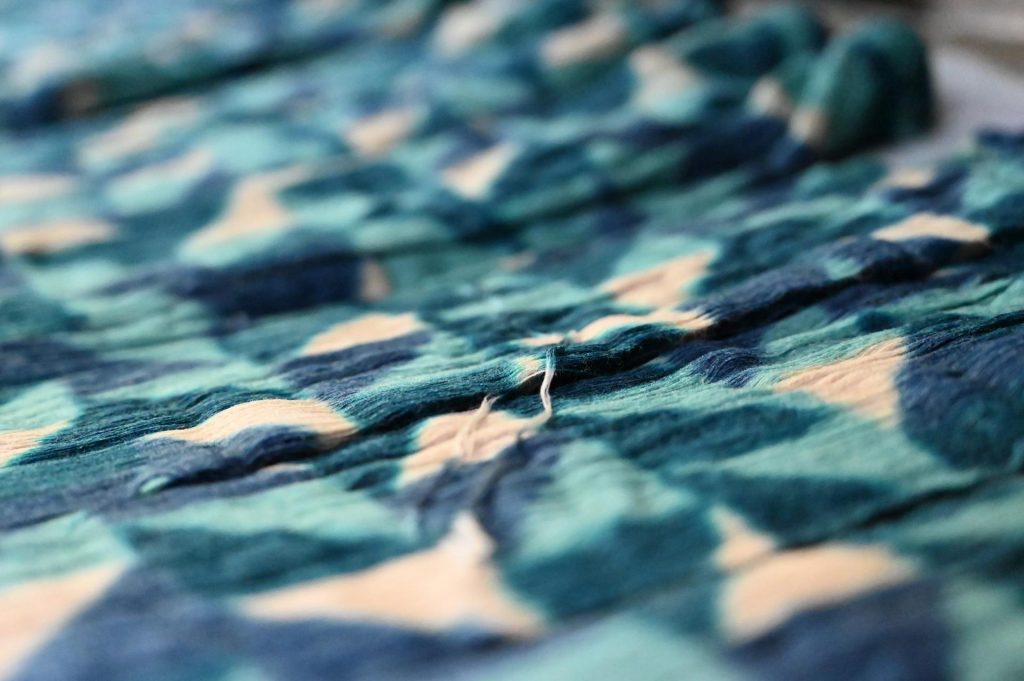
Sustainability, both environmentally and economically, is at the core of Maota’s production. They oversee their process from yarn to finish. While the clothing is what drives the brand, Alisa stresses the importance of storytelling to let consumers know the stories behind the craftsmen and the art it takes to create textiles using natural products. We talked with her about Maota, her sustainable lifestyle and preserving Japanese textile making and traditional craftsmanship.
Were you always interested in sustainability?
Since I was partially raised in the countryside in Germany, and my parents being from the hippie era, I grew up with sustainability in mind. My mother makes a lot of cosmetics, creams and food from scratch. In Germany, we had a vegetable garden and a greenhouse and we collected rainwater for watering our plants. We were always taught to be mindful of water and my mom is the queen of reusing everything! My parents’ generation also bought fashion as an investment, so my mom still owns pieces from 30 to 40 years ago that are still in good condition. I now wear them.
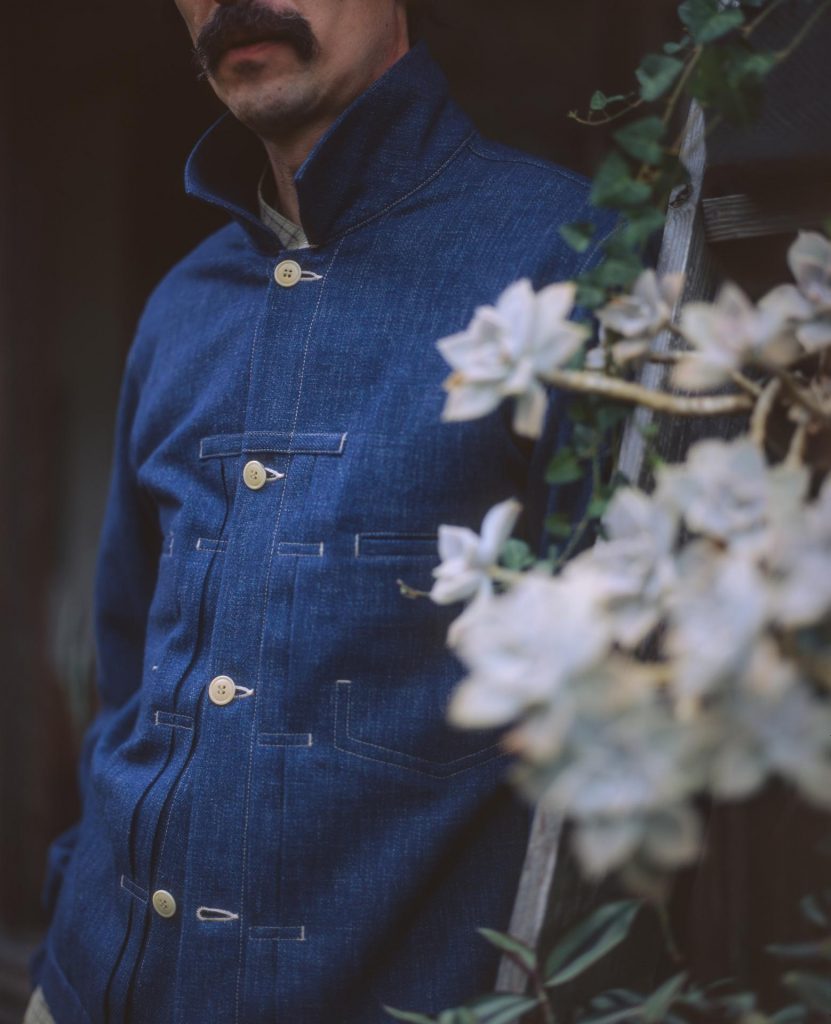
Why did you and your husband decide to start Maota?
We both come from the creative world. I studied graphic and communication design and had been working in this field for more than a decade. Fashion was something I always loved, but, to be honest, I never bought sustainably. With trends and new items coming out every season, it’s easy to not care about the fashion and textile industry. After the infamous factory collapse in Bangladesh in 2013, a lot of consumers became more aware of how clothes were made.
I actually grew up in Bangladesh for the first five years of my life, so this news about the factory collapse impacted me as I only have fond memories of Bangladesh. After meeting my husband in Japan and getting to know in depth about the production side of fashion, I realized there is potential and opportunity. He also opened my eyes to the creation side of apparel.
My husband, Masaaki, is a pattern maker and apparel designer with more than twenty years of experience in apparel and textiles. After working for global corporations, where we saw first hand the struggle and challenges of sustainability, we wanted to utilize our experiences and connections. He’s more of a product-focused person, where the product speaks for itself, while I am interested in telling the stories of the craftsmen. So we combined our passion, experiences and optimism and created Maota.
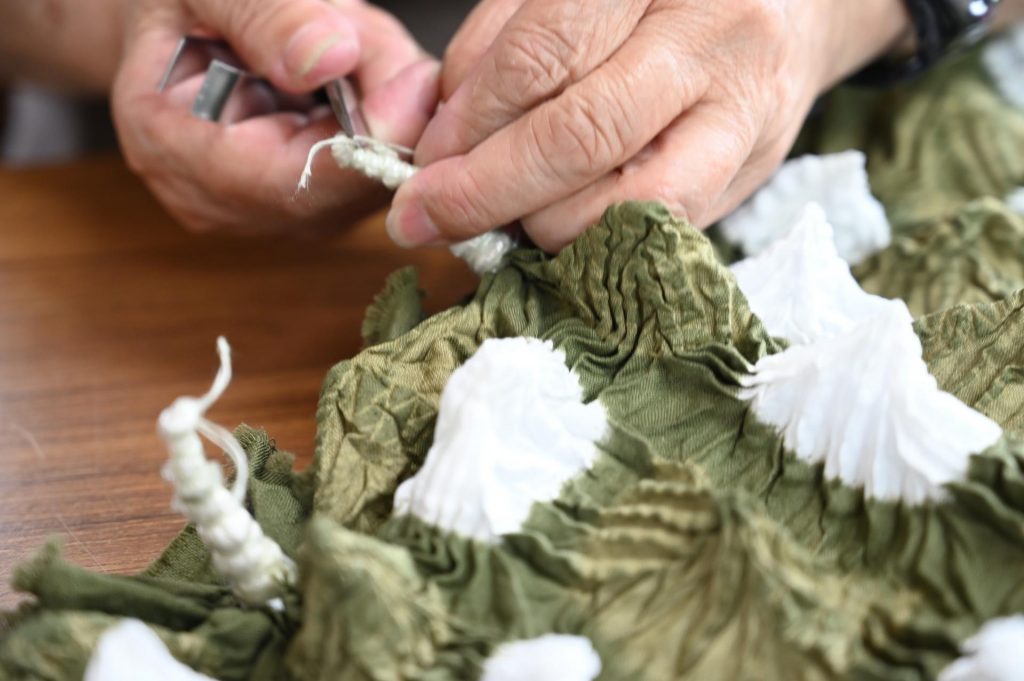
What does Maota mean?
The brand name is split into two words: ma and ota. In Japanese, the first word ma (間) means space, time or things in between—including the beauty in white space and the idea of relation. Ma is important for creation, the relationships between all elements such as yarn, dye, weaving and patterns as well as relationships with people like craftsmen.
Ota is actually our surname. We put these two words together and these five letters together visually looked good.
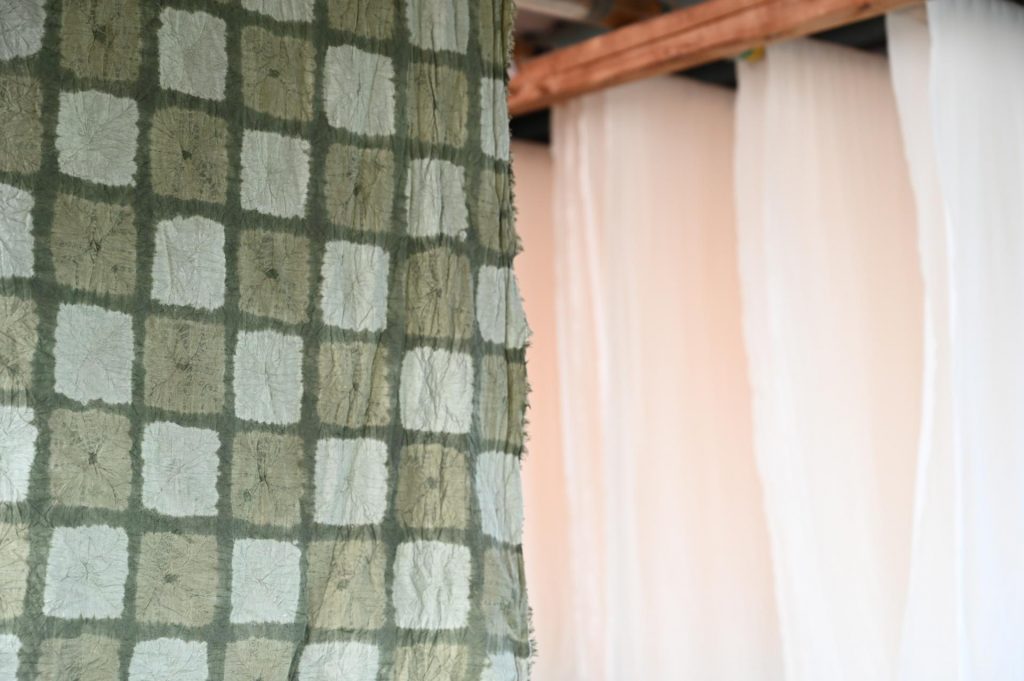
What is sustainable and eco-friendly fashion to you?
We define sustainability and eco-friendliness as keeping the production close to home and to each other. All of the factories and mills we work with are close to each other and to us, making frequent visits possible. We work closely with craftsmen to not just communicate, but to be part of the creative process.
Another element that is very important to us is “sustainability of craftsmanship,” meaning we strive to keep the Japanese craft of creating textiles alive. Our garments are carefully made from yarn to finish so they last a long time. We also only produce what is ordered, in order to reduce wastage.
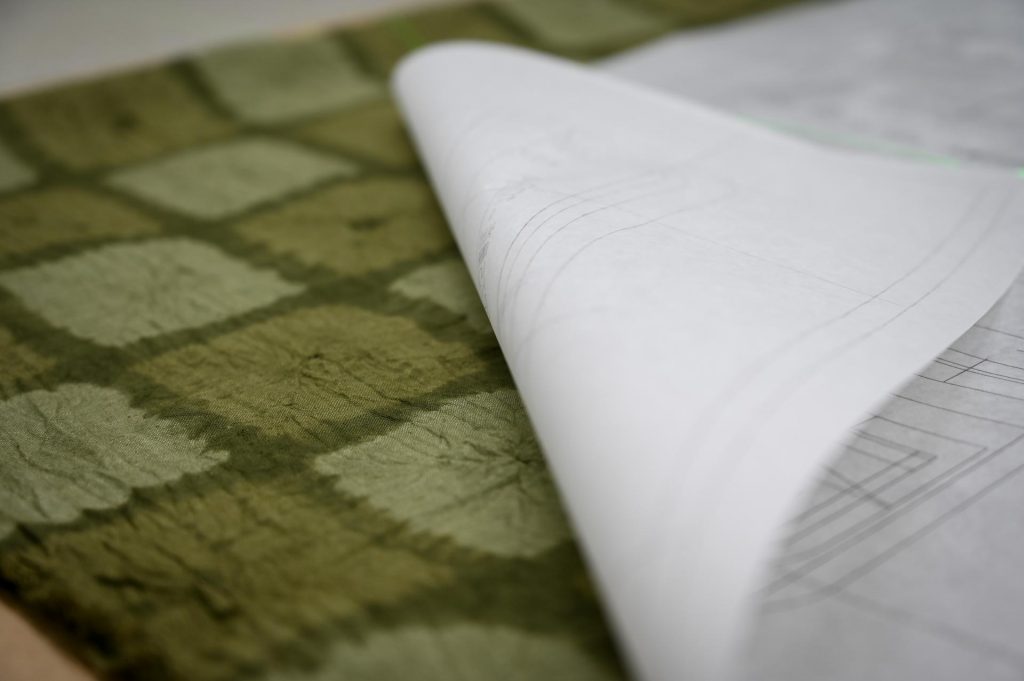
Could you share your process on your clothing production?
We are very fortunate to be working with craftsmen, who are skilled and have decades of experience. We start by making yarn with a yarn factory in Aichi Prefecture. These are high quality yarns serving as the base to unique textures, shapes and colors. After the yarn is finished, the yarn is sent to a weaving mill also in Aichi and made into fabric.
We are able to decide the weave strength and texture of each fabric. Some of the fabric we use is either dyed after being made into fabric or we also have yarn-dyed fabric, meaning that each yarn is carefully dyed and then woven into fabric.
Our cords for our pants and shorts are also made in nearby Gifu. We received 20-year-old supima cotton left-over yarn that was supposed to be thrown away and made them into cords. Our label is not a printed label, but instead we use the leftover bits of yarn that are usually thrown away while weaving. We also only produce what is ordered to reduce overproduction.
Usually in the fashion industry it is common to give very low pay to craftsmen and makers. High fashion brands mark up products 10~20 times to maximize profit. To be honest, our products are expensive, but only because they are carefully made and produced in small quantities. We don’t increase the price 10-20 times on our garments, but we want to be fair to the craftsmen we work with.
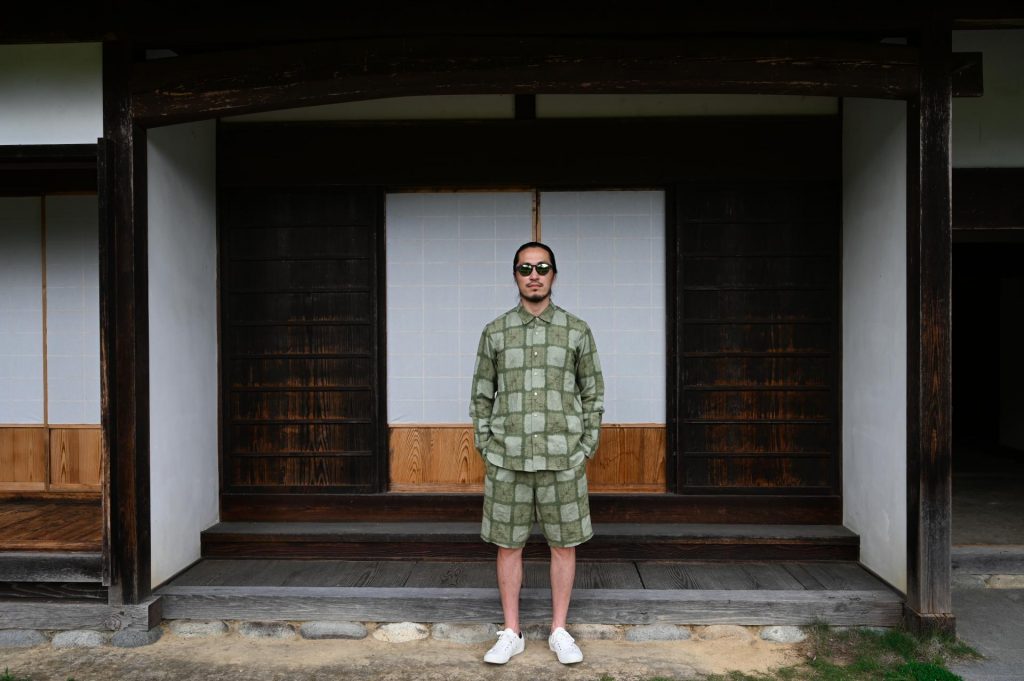
What are some of the products you use?
The fibers of our fabric like hemp, linen, cotton and wool are imported, but after that everything is made in Japan. Local ingredients would be the washi paper we use from Mino, Gifu for our jacket patches. We dye them with natural plant products like kakishibu (persimmons) and aizome (indigo). Washi paper is made from a type of mulberry, a plant native to Mino. Because of the high quality of paper, it is used in traditional crafts such as lanterns, umbrellas and fans, but it’s also really durable so we experimented with it in clothing.
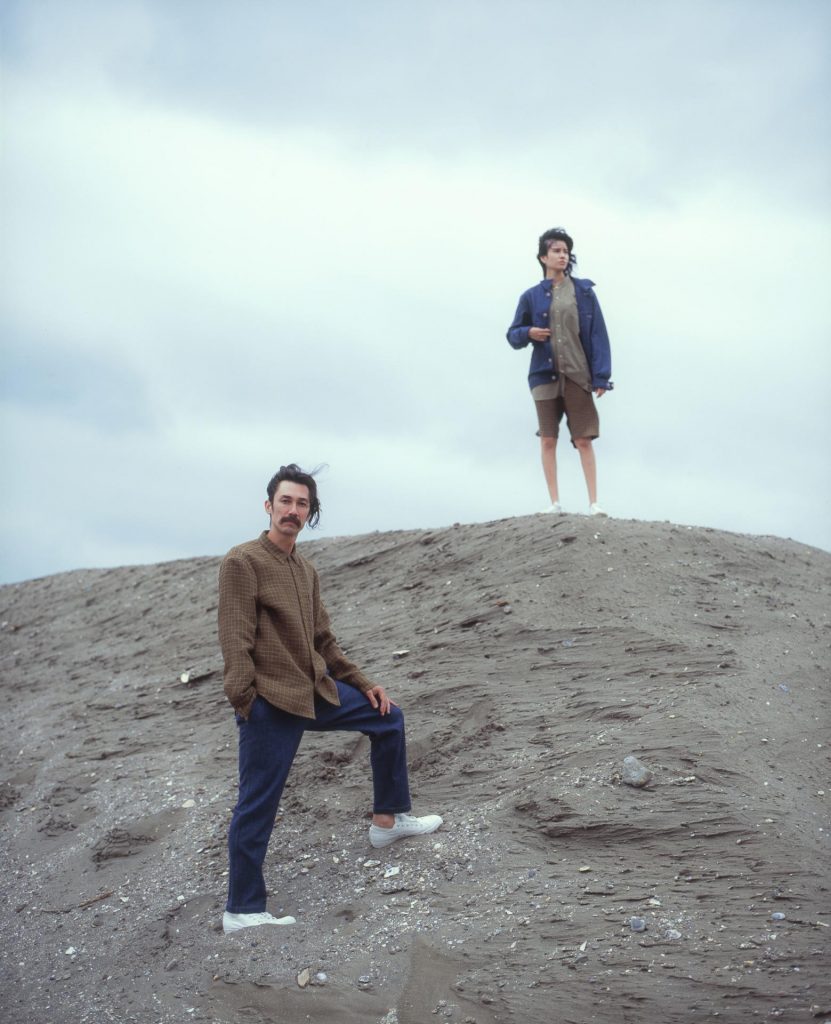
How has Maota been received?
Most of our customers are creatives themselves: artists, textile designers or people working in apparel. We recently started selling outside of Japan at a select shop in Hong Kong. It’s great seeing people who love Japanese fashion and craftsmanship finding the value in our products and process. We’re open about showing our production process which impresses people and raises awareness of how much work is put into a single garment.
What are your plans for Maota?
We are currently working on the next collection with some repeats. We just finished new textiles and Masa is starting to design new items. We will visit Aichi and Gifu soon to discuss new ideas, and photograph and film the process again too. We are also working on a new surprise collaboration we’ll announce when it’s ready.
Maota will be having a pop-up store Sept. 14-19 (closed Wednesday) at Lagom Miyota in Miyota, Nagano. Learn more about Maota and watch the stories behind the craft here.




